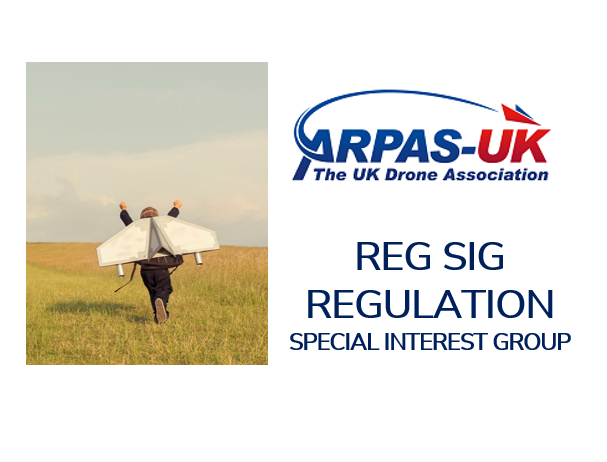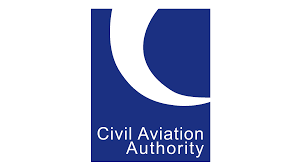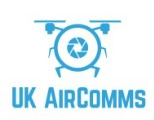The Institution of Mechanical Engineers (IMechE) UAS Challenge is an annual competition that brings together teams from universities around the world to design, build, and fly an unmanned aerial system (UAS). The challenge aims to encourage innovation and practical engineering skills among students.
Key Highlights of the IMechE UAS Challenge:
- Objective: Teams are tasked with developing a UAS that can perform a series of missions, which typically include autonomous flight, payload delivery, and obstacle avoidance.
- Rules and Guidelines: Each year, the challenge releases a new set of rules and guidelines that teams must follow.
- Registration: Teams must register by a specified deadline to participate. For the 2024 challenge, registration is open until October 31, 2023
- Competition Phases: The challenge usually consists of several phases, including design reviews, flight readiness reviews, and the final fly-off event where teams demonstrate their UAS’s capabilities.
- Innovation and Skills: The competition emphasizes innovation, technical skills, and teamwork. It provides students with hands-on experience in aerospace engineering and project management
The mission: ”A natural disaster has occurred with a large, populated area devasted. Several thousand people are cut-off, without power, fresh running water, food or medicines. In built-up
areas buildings have come down and rubble is hampering efforts to deliver emergency supplies. Time is critical. A UAS supply mission is launched from the Rescue Centre some distance away at the end of the current logistics trail. The UAS operate automatically, launching, transiting rapidly, navigating via pre-planned waypoints in a tight urban environment with rapid changes of direction, delivering aid safely and accurately to where it is most needed. They return via a different route and remain at low level to de conflict from incoming UAS and overflying crewed aircraft. This requires them to fly through the streets of the damaged communities – this will involve narrow corridors and rapid changes of direction. The UAS repeats the mission in all weather conditions until the need to drop aid subsides, sustaining a vital lifeline until a large scale rescue mission can be mounted to evacuate people from the devastated area.”
Education and Development Objectives of the Event
The Challenge has a number of education and development objectives, in particular to:
Provide an opportunity for students to learn practical aerospace engineering skills for their future careers;
Provide an opportunity for students to explore innovative airframe and systems engineering design of a complex system;
Require them to follow an industry-recognised engineering development lifecycle (design, development, review and demonstration) against a demanding mission requirement;
Provide an opportunity for students to develop and demonstrate team working, project management, manufacturing, leadership and commercial skills as well as technical competence;
Provide an opportunity to demonstrate professionalism when exposed to real life flight safety considerations and live flight environments;
Enhance employment opportunities in the sector;
Stimulate interest in the civil UAS field;
Foster inter-university collaboration in the UAS technology area, and to provide a forum for interdisciplinary research; and
Enable students to interact with knowledgeable and experienced aerospace engineers on an aerospace project, through mentoring, webinars and feedback throughout the project.
September 2024













